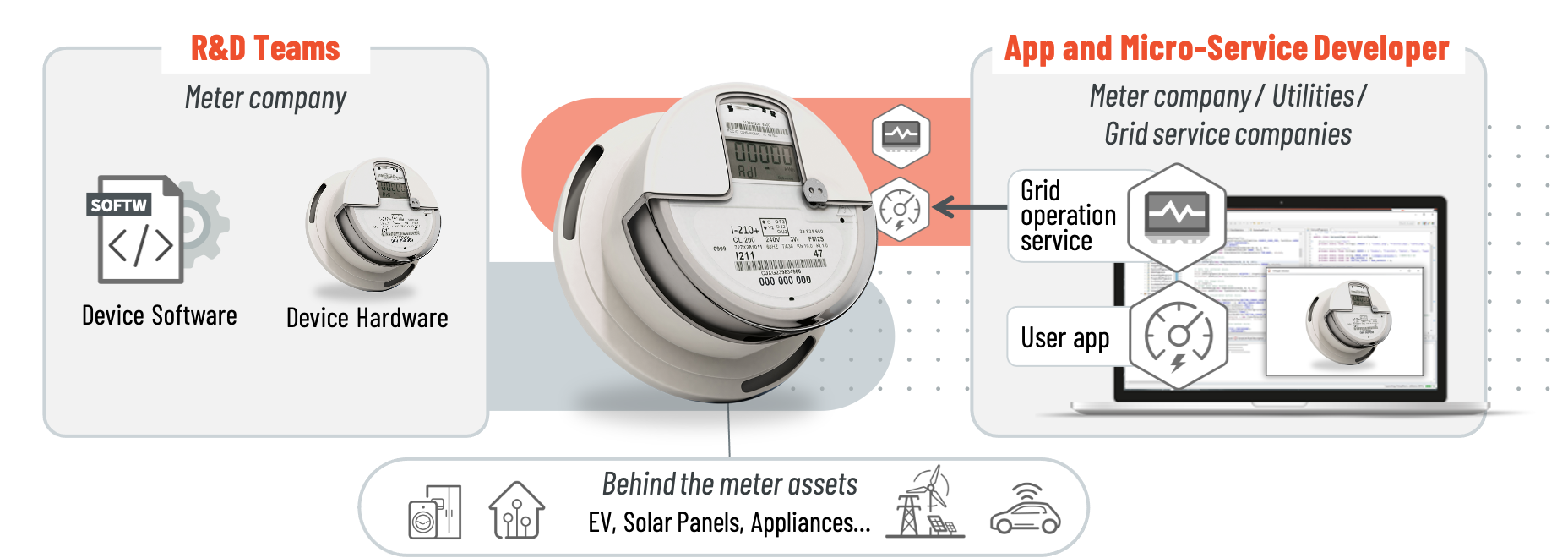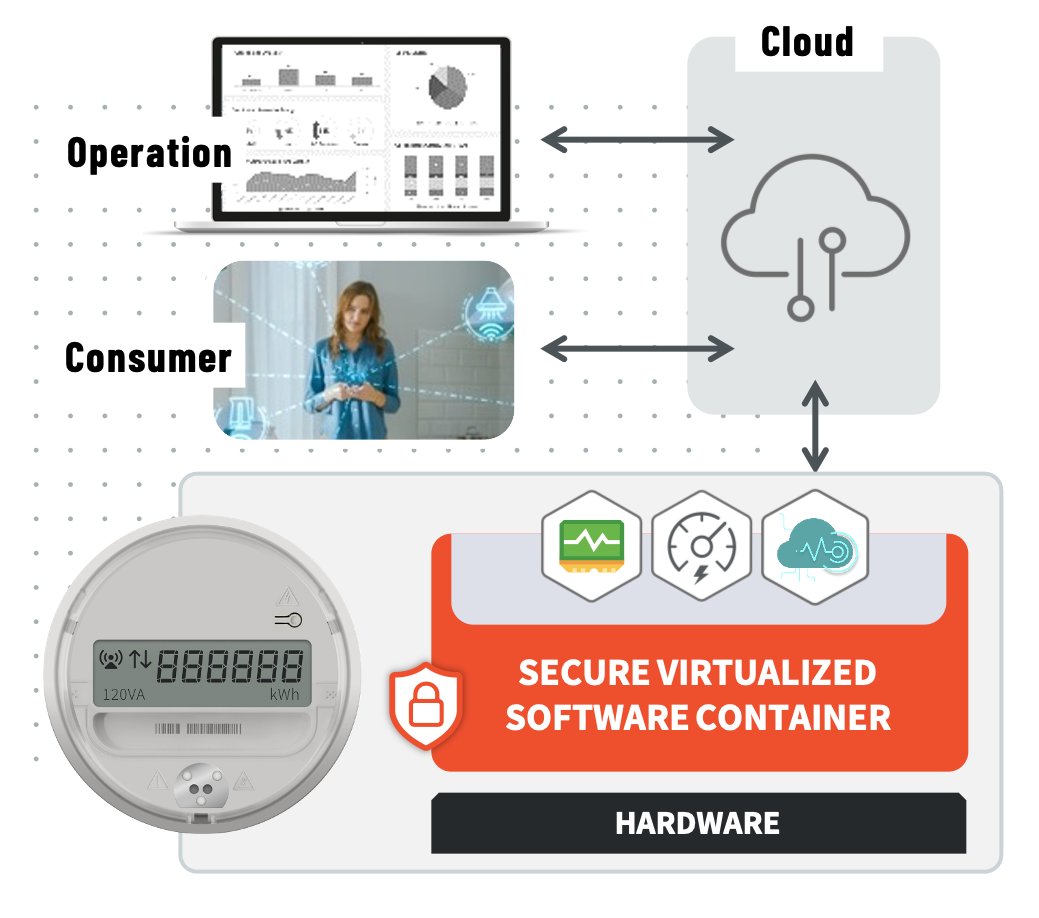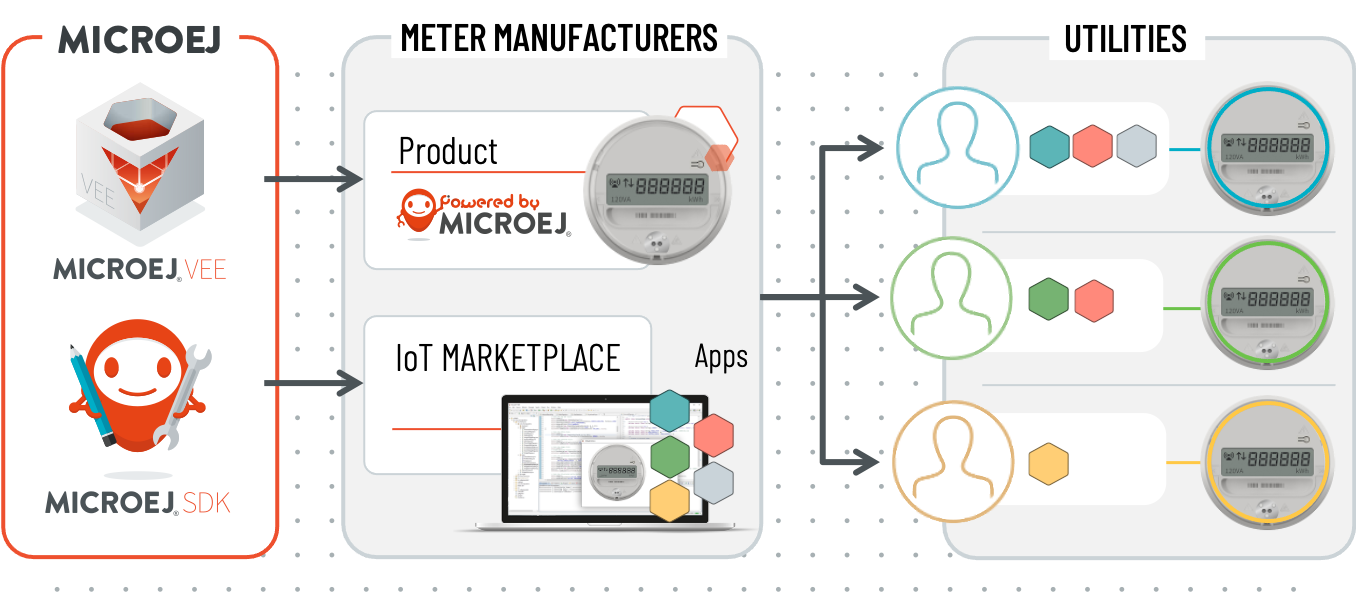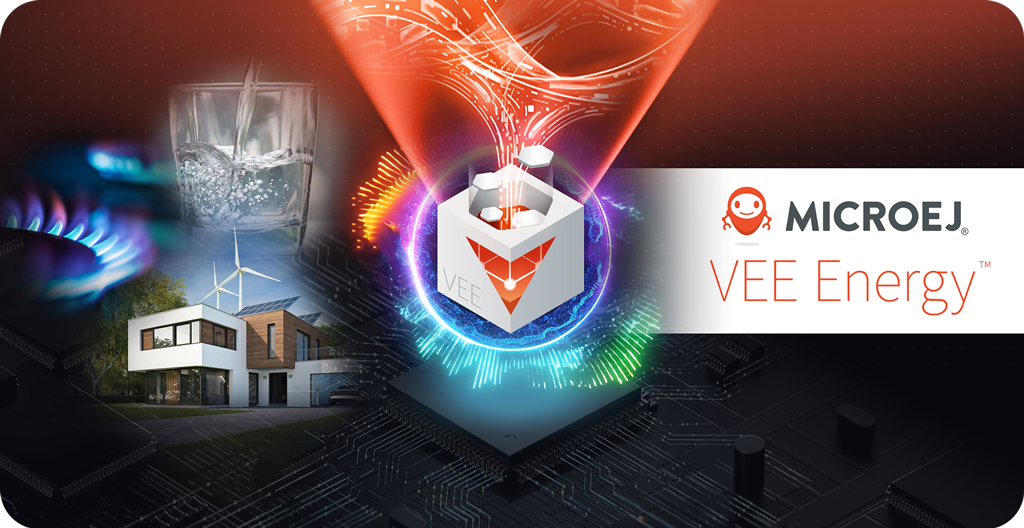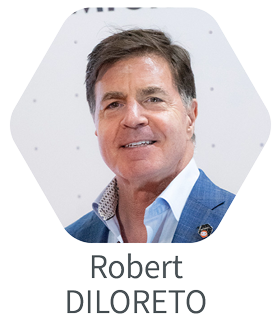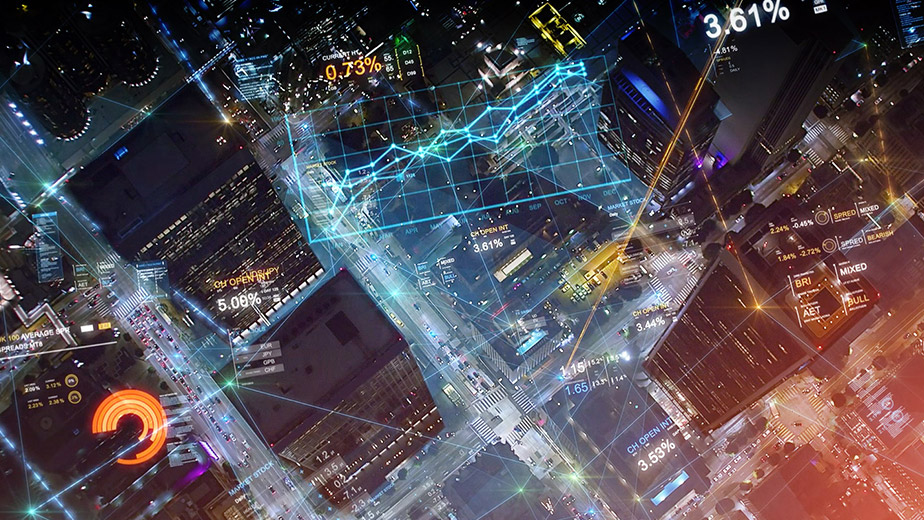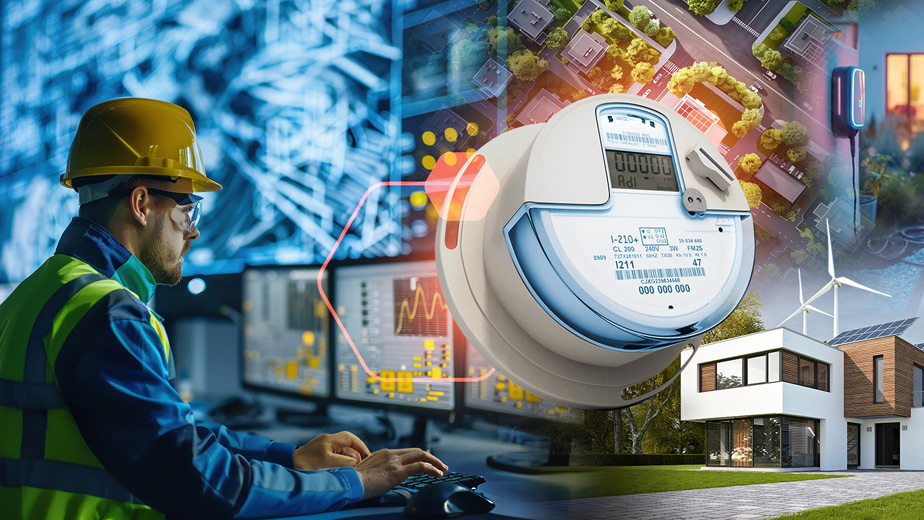Abstract
Utilities are constantly looking for new ways to manage Distributed Energy Resources (DER) and improve efficiency. Software-defined meters and energy infrastructure provide a promising solution, with apps and microservices playing a key role. This guide explains software-defined meters, their benefits, and how apps and microservices can help utilities manage demand-response and DER.
Navigating the Opportunities and Challenges of Energy Transition and Grid Transformation
Utilities face numerous challenges in the shift to cleaner energy and modernized grids. Traditional grids, built for one-way power flows, now struggle to handle distributed energy resources like solar panels and batteries, making stability harder to maintain. The surge in real-time data from digitalized grids requires quick, accurate decisions, and outdated equipment adds complexity to integrating new components.
As utilities modernize, they face a changing landscape and work to shape the future of energy. Key industry trends highlight this evolution:
- S&P Global forecasts a potential tripling of electricity demand by 2050, prompting infrastructure expansion preparations.
- Modernization efforts prioritize decarbonizing the grid and leveraging distributed energy resources and virtual power plants to enhance reliability.
- Extreme weather conditions drive the industry towards less water-intensive production methods.
- Rising capital expenditures necessitate innovative funding solutions to maintain affordable customer bills.
- Generative AI emerges as a transformative technology addressing core industry challenges like reliability, affordability, efficiency, sustainability, and safety.
The shift in the utility business model is creating a more connected energy ecosystem, bringing providers and customers together in their goals for sustainability and efficiency—a change noted by industry experts like Gartner.
“The energy provisioning business is now a collaborative, inclusive business with multiple actors outside utilities whose actions must be coordinated and orchestrated, to achieve the ultimate goal of providing society with energy that is affordable, available and acceptable. Gartner describes this model as ecosystem-centered or eco-centric.”
These trends manifest globally, particularly in regions with significant consumer-owned DER penetration, efficient demand-response programs, and software-defined assets facilitating a smarter, more flexible energy system.


